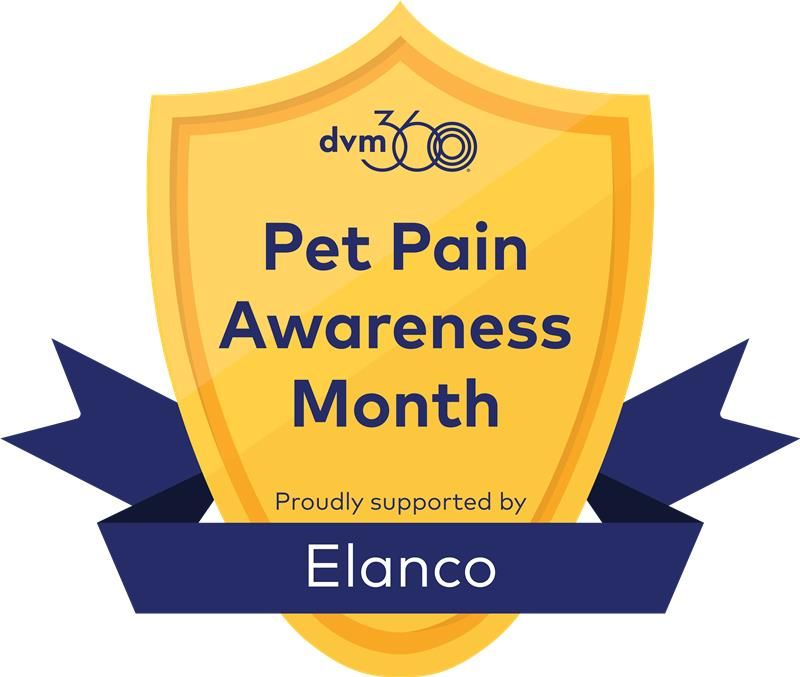Modern multimodal pain management for patients
Discover effective pain management strategies for pets, including joint therapies and holistic approaches, in this insightful Vet Blast Podcast episode.
Our host Adam Christman, DVM, MBA, welcomed Matthew W. Brunke, DVM, DACVSMR (Canine), CCAT, Fellow IAVRPT, to this episode of The Vet Blast Podcast presented by dvm360 to close our Pain Awareness Month. In this episode, the duo will share more on the multiple ways to manage patients in pain, including joint therapies and holistic evidence-based approaches, plus the true power clients have in their pets daily care.
RELATED: Pain management in veterinary medicine: What’s new?
Below is a partial transcript, edited lightly for clarity.
Adam Christman, DVM, MBA: Okay, you know, to the listeners, guess what we did not talk about yet....I just want to take a step back. Look at all the things that we've talked about and yet, we did not even talk about nutraceuticals and NSAIDs yet, which I think is so great, though, Matt, that we actually have all these other options that are out there. Because before you go into it, I want to get your take on this. Is there a negative connotation sometimes when [clinicians] say, 'We're going to put them on say, like an NSAID or drug'...? They want to go for something else first...I'm using air quotes because you can't see me, about the word 'drug'.
Matthew W. Brunke, DVM, DACVSMR (Canine), CCAT, Fellow IAVRPT: No, it's a great point, right? They don't always want it. But when I think about arthritis management, my first line [of] defense is an NSAID. Carprofen, right? And, yeah, there was a negative connotation in the 90s and early 2000s for those of you out there who remembered it when Rimadyl was the 'R word', and now I'm using air quotes. It was bad in the Labrador communities, right? It just killed dogs. That's not the case, right? We learned a lot about idiosyncratic reactions and how to screen patients appropriately, but you're right, if they only have 1 or 2 joints, or even 3 or 4 joints that hurt, why are we challenging them systemically?
So yeah, if we can do other things, great, but NSAIDs are still our first line [of] defense. Still have our best evidence, and they're usually going to help. The animal will feel better within 3 to 4 days. So that's a big step to the pet parent, [who] is going, "Holy cow, my animal's in pain." We know as clinicians, that that animal's probably been in pain for a month or more. So how do we help unwind that NSAIDs are a big help. And then maybe we do transition to talk about nutraceuticals.
Christman: I want to say, before you go into that...I feel like the negative connotation of the word drug, I feel like we as veterinary professionals have a responsibility to educate [clients] on that too, when we talk about safety and efficacy profiles of all these ones that are out there. And you know, you pick your flavor, whatever one works well for you and your clinic, or what you see with their experience, but regardless of the fact that you know they're FDA-approved, the safety and efficacy profiles are really good, and we do monitoring profiles just to your point, so I think [it's] important that we mention that, right?

